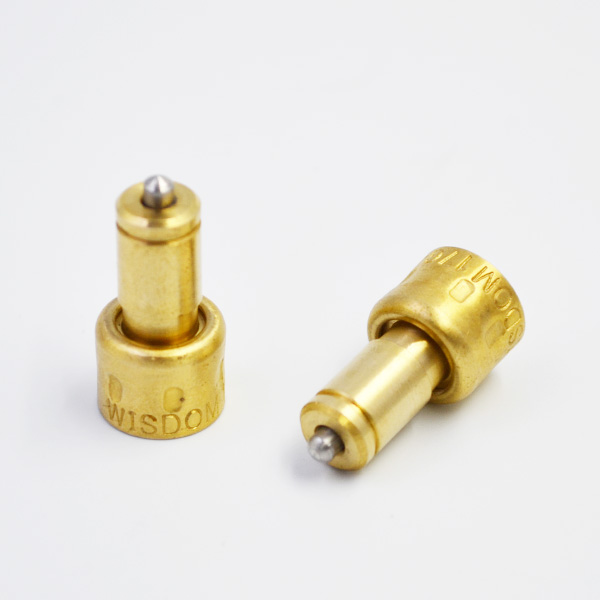The remote control of aircraft model refers to the use of radio waves to transmit the operator’s command model to the rocker, thus instructing the aircraft model to make various flight postures. This paper mainly introduces the design of an aeromodelling remote controller based on ARM chip, and gives the circuit design and software design of the hardware system. The controller uses STM32F103T8U6 as the main control chip. The hardware circuit includes 2.
4 GHz wireless transceiver module, power module and rocker module. The controller meets the design requirements, the system is stable and practical, and has good market promotion value. Remote control technology, also known as remote control technology, refers to the realization of remote control of the controlled target, which is widely used in industrial control, aerospace, household appliances [1]. At present, most learning remote controllers in China adopt the idea of replicating infrared waveform of remote controllers, and there are many methods [2]. In view of the fact that the existing learning remote controllers on the market can only learn some specific infrared remote control codes, this paper designs a radio mode radio remote controller based on STM32, which is transmitted to the transmitting module through the instructions of the joystick, and then compiled by the receiving module to complete the manipulation of various movements of the model airplane.
The model remote controller has the advantages of small size, simple operation, high reliability and strong expansibility. It can better meet the requirements of reliable remote control and has great application and popularization value. This paper mainly studies the model remote controller based on ARM, including the design of related hardware circuit and software design.
Hardware circuit design includes: main control chip module, power module, 2.4 GHz wireless transceiver module and rocker module. Software design includes: remote control signal reception, storage, indicator display, remote control signal transmission and other functions. Complete the design of each module of the hardware circuit, draw the PCB layout through Altium Designer [3] software, and debug the corresponding module at the same time. The software program coordinates the hardware circuit, carries on the test analysis synchronously, completes the debugging result together.
The aeromodelling remote controller is divided into four modules: main control chip module, power control module, wireless transceiver module and rocker module. As shown in Figure 1.
The main control chip module uses STM32103FT8U6 chip. The advantages of STM32 series chips are: adopting the latest and advanced Cortex-M3 core of ARM; low power consumption; high integration; easy development, which can make products enter the market quickly. The main control chip module is shown in Figure 2. The power module mainly provides stable voltage for the normal work of the main control chip, and the capacitance in the module mainly plays a filtering role. The function of crystal oscillator is to provide stable clock signal for the normal work of the single chip computer, and to control the correctness of the frequency in the circuit through the reference frequency. NRF24L01 is a new type of monolithic RF transceiver, which works in 2.4 GHz-2.5 GHz ISM band.
Built-in frequency synthesizer, power amplifier, crystal oscillator, modulator and other functional modules, in which the output power and communication channel can be configured through the program. NRF24L01 has low power consumption, and its working current is only 9 mA when transmitting power at – 6 dBm, and 12.3 mA when receiving power. Many low power modes (power-off mode and idle mode) make energy-saving design more convenient.
RFX2401C RF front-end amplifier chip adds dual antenna function, thermostatic element does not affect the output power and efficiency, nor does it increase the package size. It has the advantages of high performance, low cost and high integration. The wireless transceiver module is shown in Figure 4. The model remote controller usually has two rockers, which control the four channels of lift, direction, aileron and throttle.
There are four potentials under the rocker, and it operates linearly by the potentiometer.

The most important thing of the remote control is that the two rockers and four channels also have a transceiver system, which generally uses 2.4 GHz. Initialize the parameters of the display lamp, set it to the extinction state, set the system clock, respond every 1ms, collect the rocker analog data using several channels of STM32 ADC, initialize each interface to prepare for data transmission, and then transmit the data to each module through the sensor, that is, enter the main cycle, and process the corresponding data.
Through many experiments and tests, the model remote controller designed by this scheme is safe, reliable and easy to operate. At the same time, with the increasing number of aeromodelling enthusiasts and the rapid development of wireless remote controllers in China, the aeromodelling remote controllers developed in this paper will also develop, and will have a good market promotion value.
